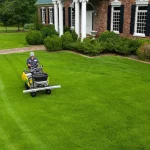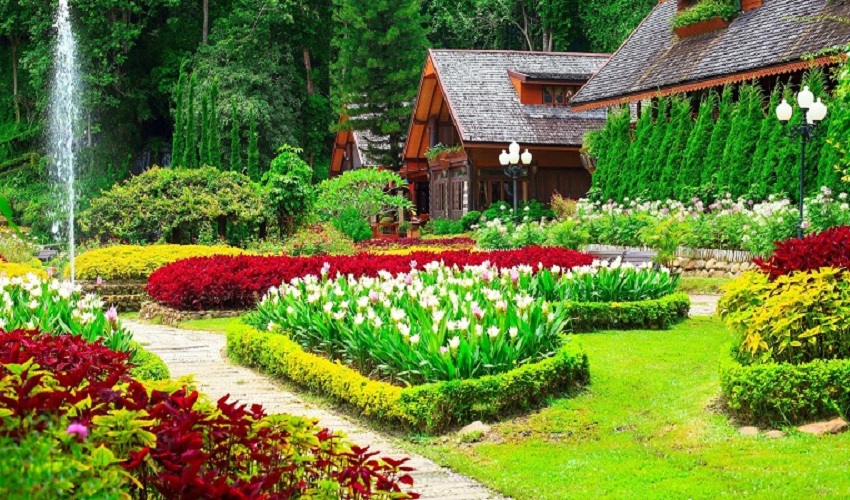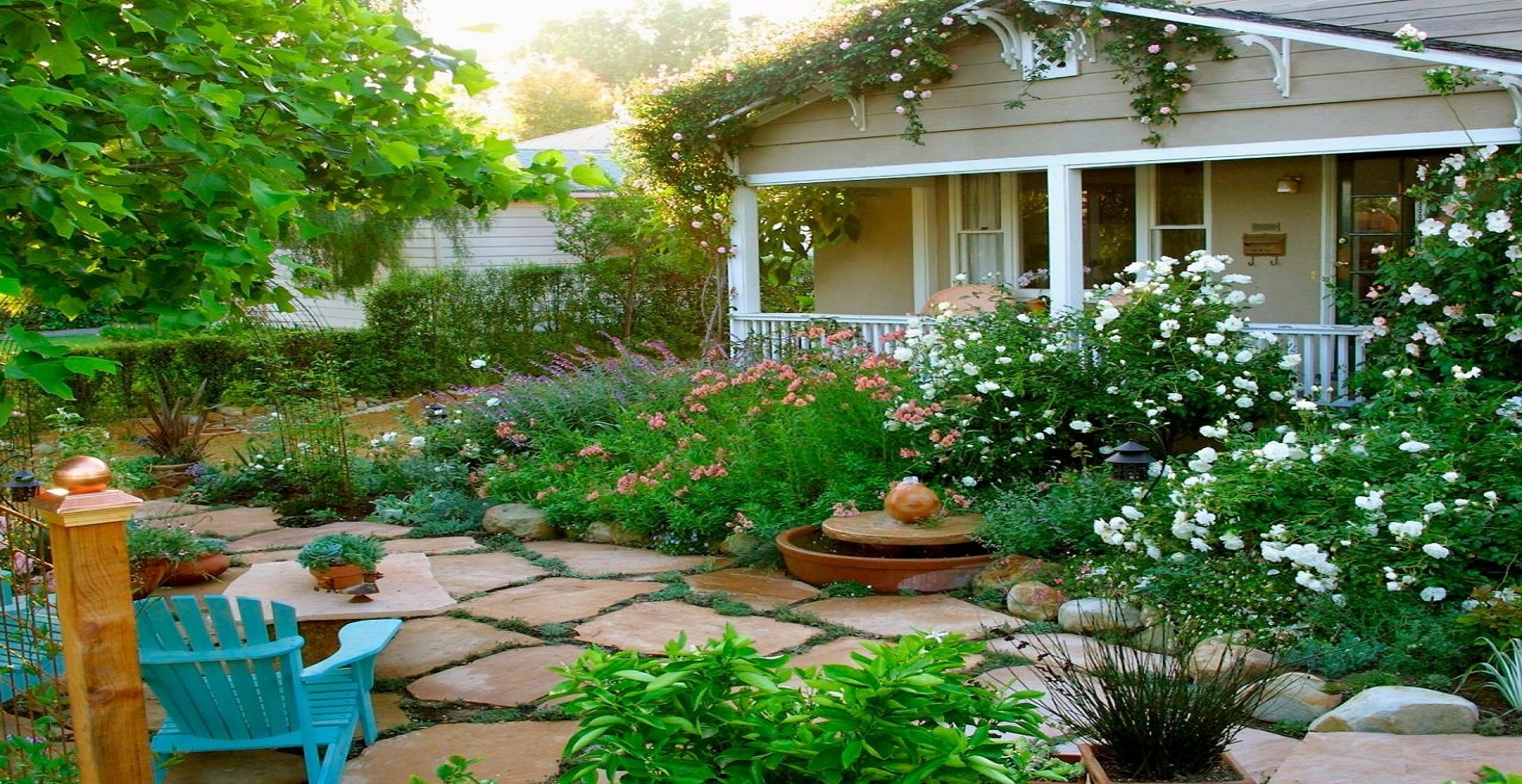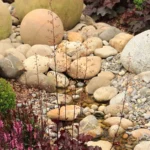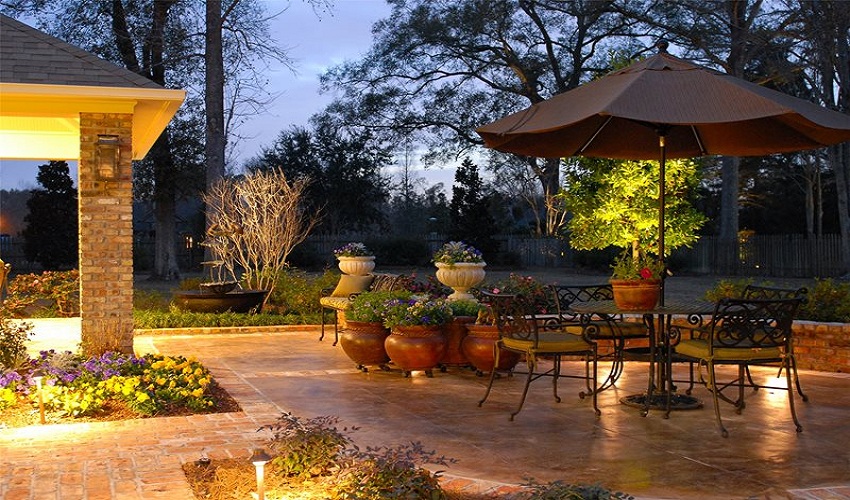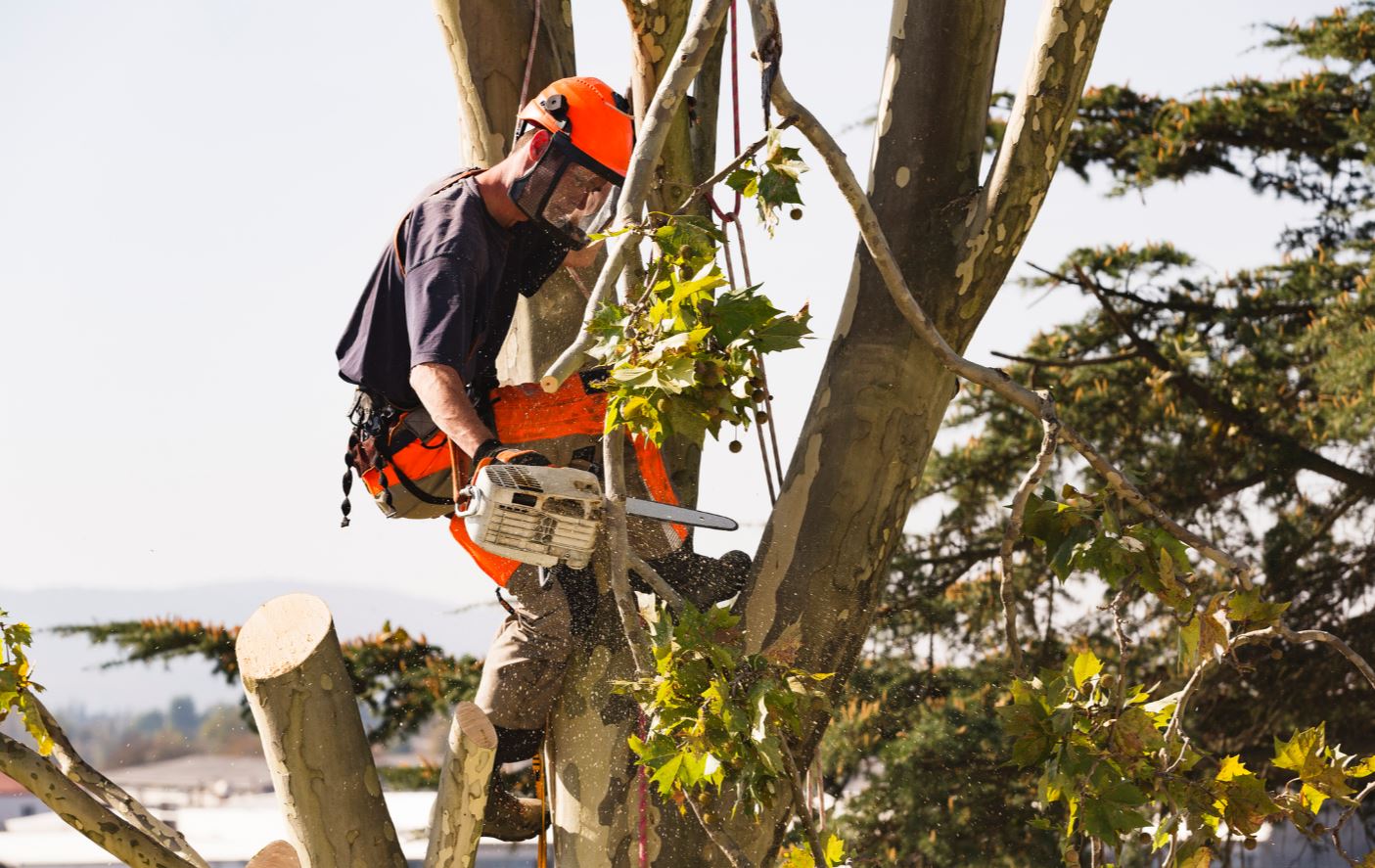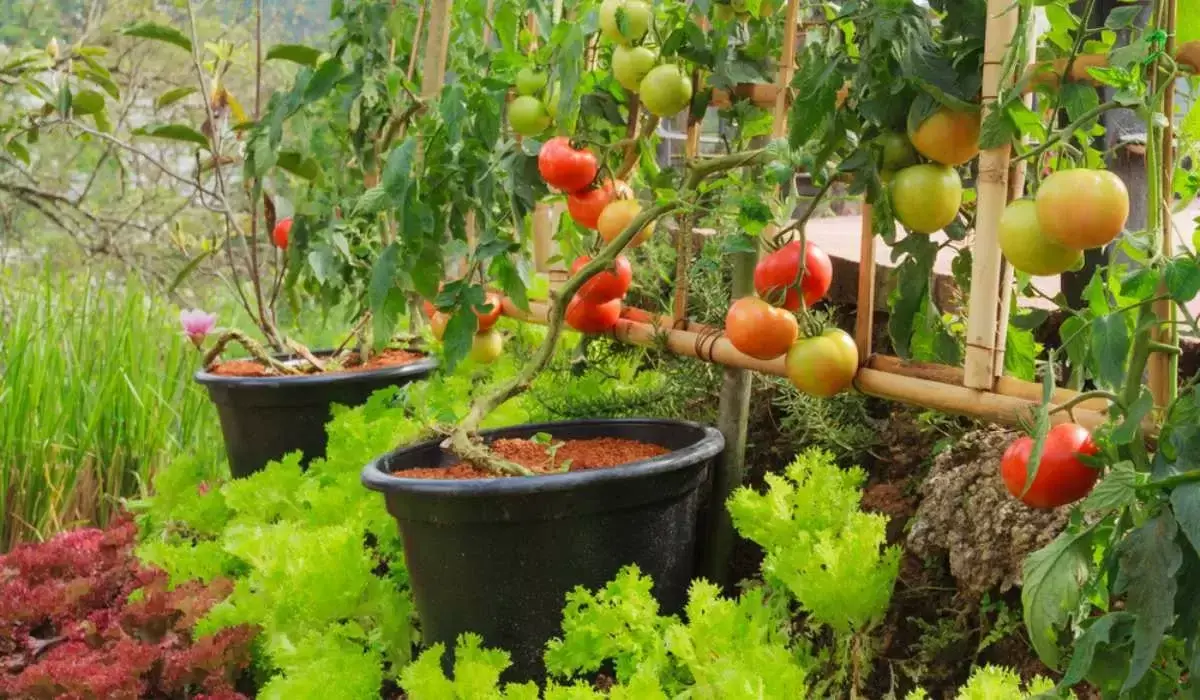
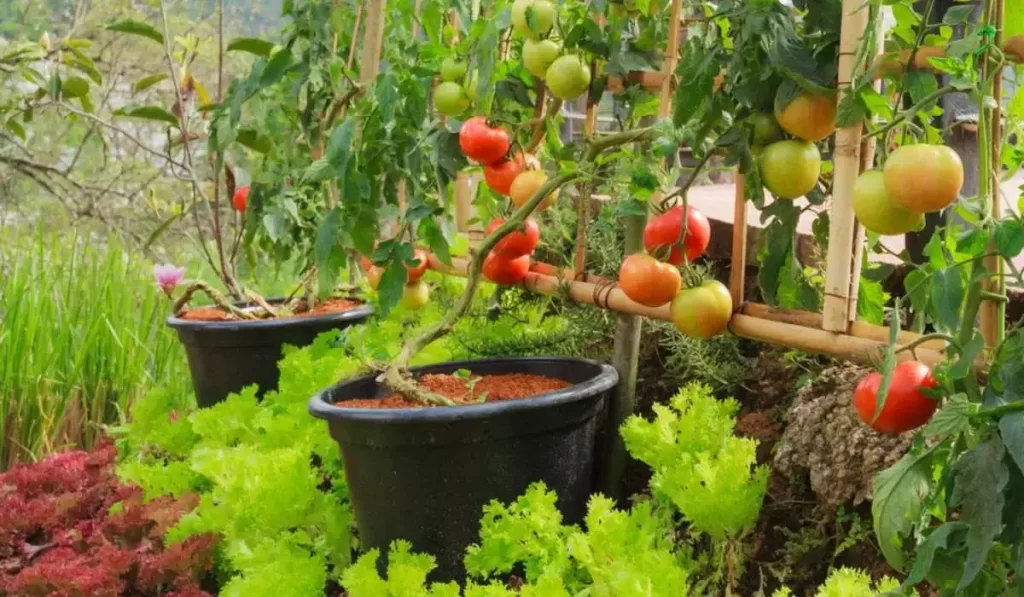
Content
Have you ever gazed out at your yard and imagined it transformed into a lush, thriving vegetable haven?
It’s time to turn that daydream into a reality and start a vegetable garden that not only provides you with fresh, homegrown produce but also brings you closer to nature.
Whether you’re a seasoned gardener or a beginner, this guide will walk you through the steps to kickstart your very own green adventure.
Getting Started: Preparing the Ground
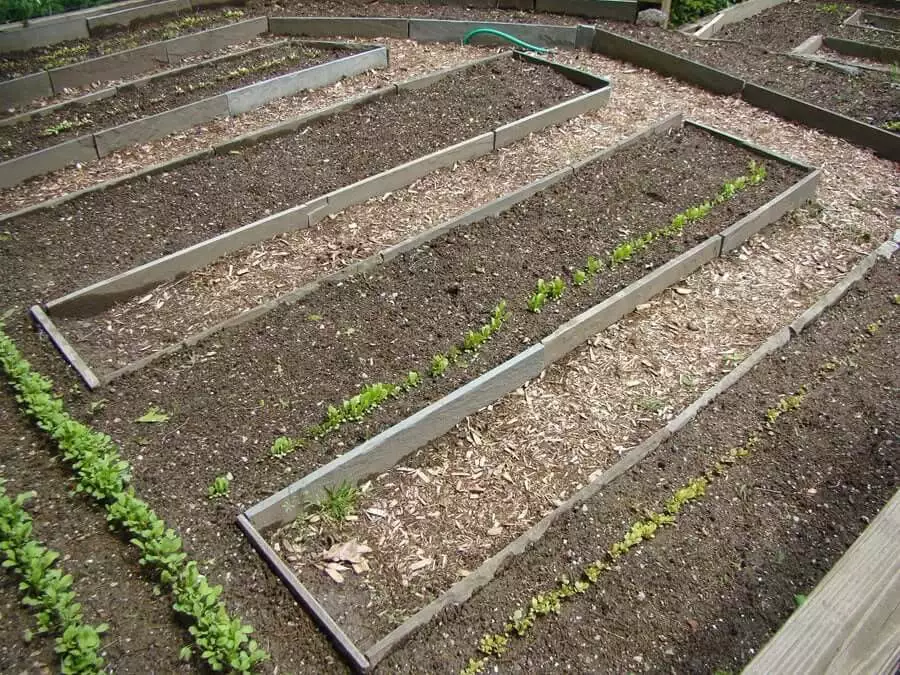
Before you can revel in the joy of picking your own tomatoes or plucking crisp lettuce leaves, you need to set the stage. Choose a sunny spot in your yard that gets at least 6-8 hours of sunlight daily.
Clear the area of any debris, rocks, or unwanted vegetation, making sure the ground is well-draining. You can use a small tiller to loosen the soil, enhancing its aeration and drainage capabilities.
See also: How to Choose the Right Washer and Dryer: Your Comprehensive Guide
Selecting Your Vegetables: The Exciting Dilemma
Now comes the exciting part – choosing which vegetables to nurture in your garden. The key here is to select vegetables that align with your climate and the growing season.
Research which vegetables thrive in your region and make a list of your favorites.
From vibrant bell peppers to plump zucchinis and the humble yet versatile tomatoes, the choices are aplenty.
Planting Techniques: From Seedlings to Abundance
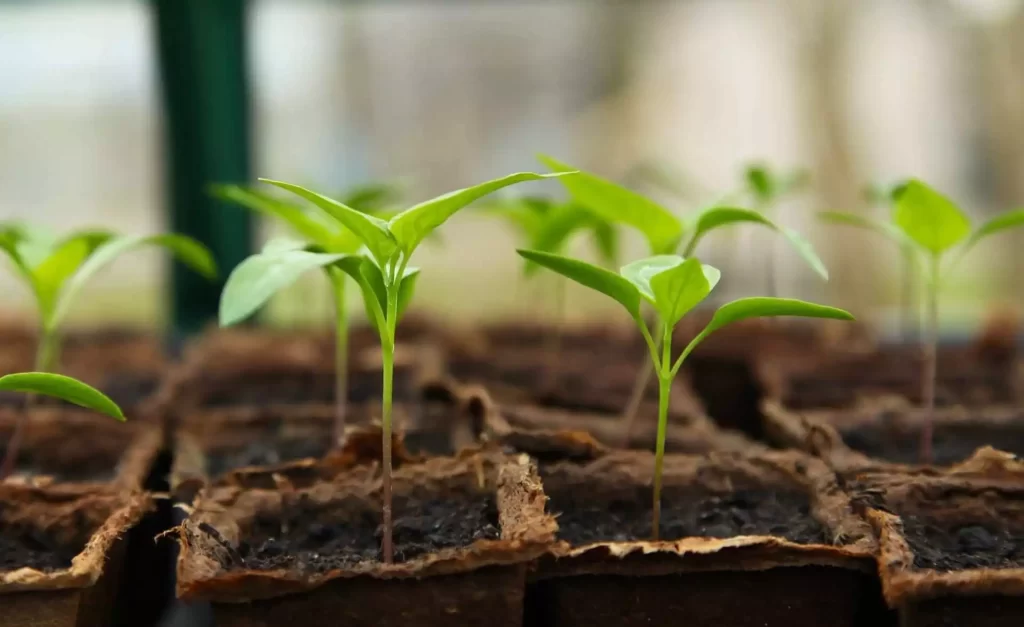
When it comes to planting, you have two options: starting from seeds or using seedlings. Seeds offer a sense of accomplishment as you witness them sprout, while seedlings give you a head start.
Follow the instructions on the seed packets or plant markers for proper spacing and depth. Gently pat the soil around the seeds or seedlings, providing them a cozy home to grow.
Watering Wisdom: Quenching Their Thirst
Just like humans, plants need water to thrive. But it’s important not to drown them in affection. Keep the soil consistently moist but not waterlogged.
A soaker hose or drip irrigation system can be a game-changer in maintaining optimal moisture levels, especially during scorching summers.
Weeding and Mulching: Nurturing Your Garden
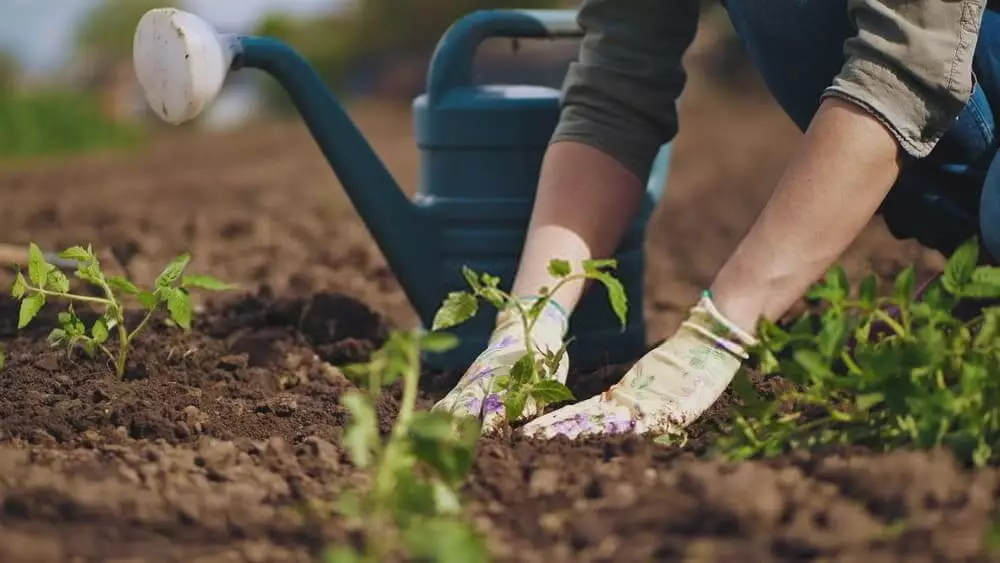
As your vegetable garden starts to flourish, unwanted visitors (weeds) might pop up. Regular weeding is essential to ensure your veggies receive all the nutrients and water they need. To keep weeds at bay and lock in moisture, apply a layer of organic mulch around your plants. Not only does mulch prevent weed growth, but it also gives your garden a polished look.
Harvesting Happiness: Reaping What You Sow
The day you’ve been eagerly waiting for has arrived – harvest time! The moment when you can proudly pluck your own homegrown vegetables.
Remember to use sharp scissors or pruners to avoid damaging the plants. Harvesting at the right time ensures the best taste and quality.
Recommended for you: How to Choose the Right Rugs: A Comprehensive Guide
In Conclusion
Embarking on the journey to start a vegetable garden is a rewarding experience that connects you with nature and the food you consume. From choosing the right vegetables to nurturing them through each stage, the process is a labor of love.
So, roll up your sleeves, grab your gardening tools, and take the plunge into the world of homegrown goodness.
FAQs
How much time do I need to dedicate to my vegetable garden?
Starting a vegetable garden requires an initial time investment for preparation and planting.
Once your garden is set up, you’ll need to dedicate a few minutes daily for tasks like watering and weeding. However, the joy and satisfaction you’ll reap are well worth the effort.
Can I start a vegetable garden if I have limited space?
Absolutely! Even if you have a small balcony or patio, container gardening is a fantastic option. Many vegetables can thrive in pots, hanging baskets, or vertical planters. Just ensure they receive adequate sunlight, water, and care.

Elena Mohr is a dedicated home blogger who has been blogging for over six years. She covers everything home related. Elena also loves writing posts about her travels to Europe with her husband and two children.

